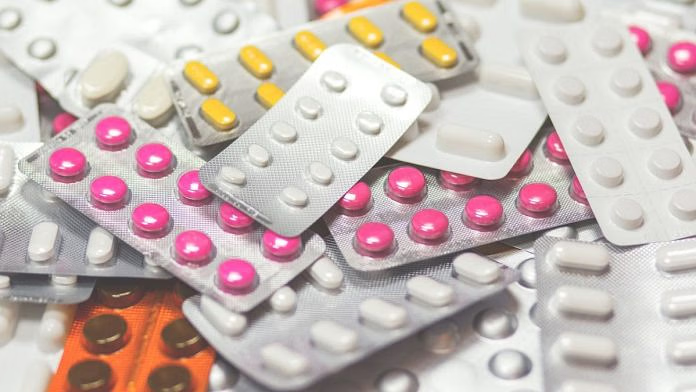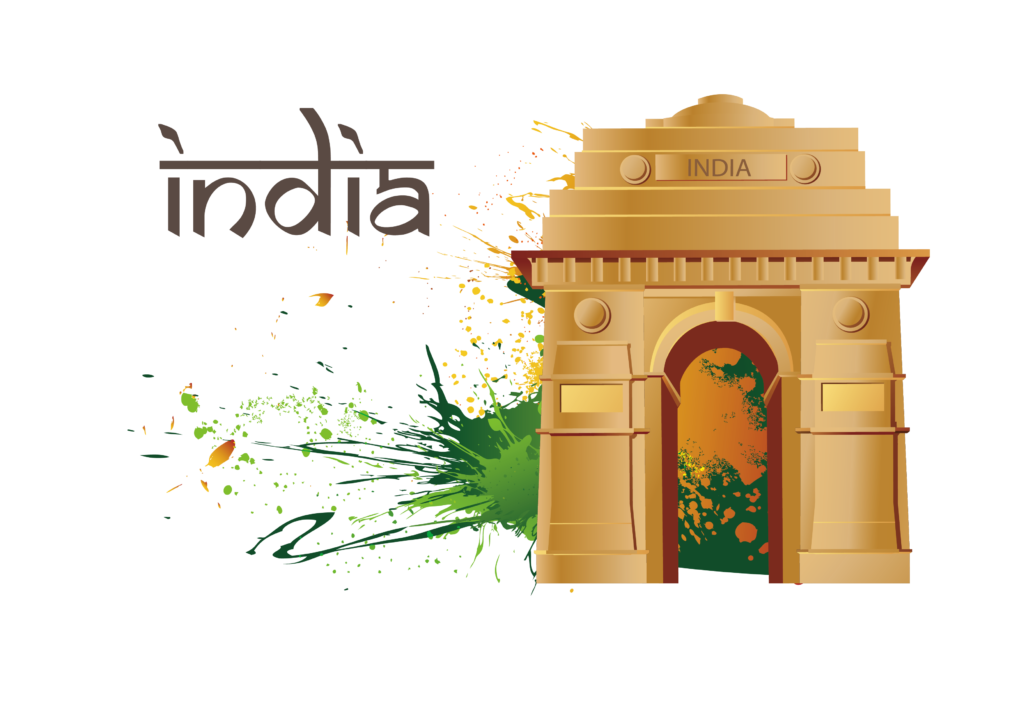Overview
Indian pharmaceutical companies have long been celebrated as the “pharmacy of the world,” providing affordable generics to global markets. However, the path to maintaining this reputation has been anything but smooth. The industry faces mounting challenges, from regulatory scrutiny by the US FDA to cost pressures and quality compliance issues. This article takes a closer look at the evolution of India’s pharma sector, its challenges, and potential ways forward.
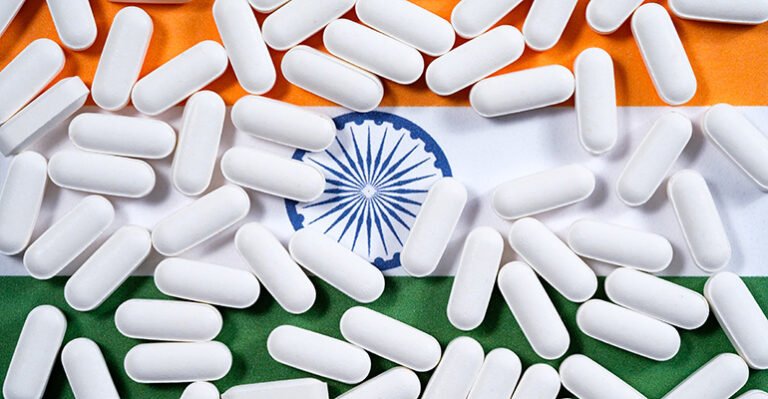
A Decade of Highs and Lows
The journey began with promise. In 2002, Ranbaxy’s bid to produce a generic version of Lipitor was a landmark moment. It opened the floodgates for Indian pharma giants to enter the lucrative US generics market, enabling affordable access to life-saving drugs. However, as Katherine Eban’s book Bottle of Lies revealed, this golden era also exposed widespread regulatory violations. Data manipulation, the use of subpar ingredients, and fraud tarnished the industry’s image. The $500 million fine paid by Ranbaxy in 2013 became a cautionary tale.
A decade later, the landscape remains fraught with challenges. In late 2022, Intas Pharmaceuticals faced serious allegations during an unannounced FDA inspection, including the destruction of records. Similarly, Sun Pharma halted production at its Mohali facility after receiving a non-compliance letter. Despite improvements, issues of data integrity and quality compliance persist, undermining the trust Indian pharma has built globally.
To stay competitive, Indian pharma is leveraging technology for R&D efficiency and operational excellence. AI-enabled drug discovery is helping reduce time-to-market, while investments in healthcare adjacencies like diagnostics and specialty hospitals are creating new revenue streams. These initiatives not only address underserved markets but also position companies for long-term growth.
Regulatory Pressures and Market Dynamics
The US FDA’s increased vigilance reflects its commitment to ensuring drug safety and efficacy. India, home to the largest number of FDA-approved manufacturing plants outside the US, has faced a disproportionate number of inspections. In 2022 alone, there were 64 inspections, highlighting the scale of activity but also the stakes involved.
The high-pressure environment of the US generics market adds another layer of complexity. Companies often race to be the first to file an Abbreviated New Drug Application (ANDA), which grants six months of market exclusivity. This race to market can lead to cutting corners, particularly during unannounced inspections. Moreover, compliance with good manufacturing practices (GMP) adds significantly to operational costs, challenging profitability in a highly competitive market.
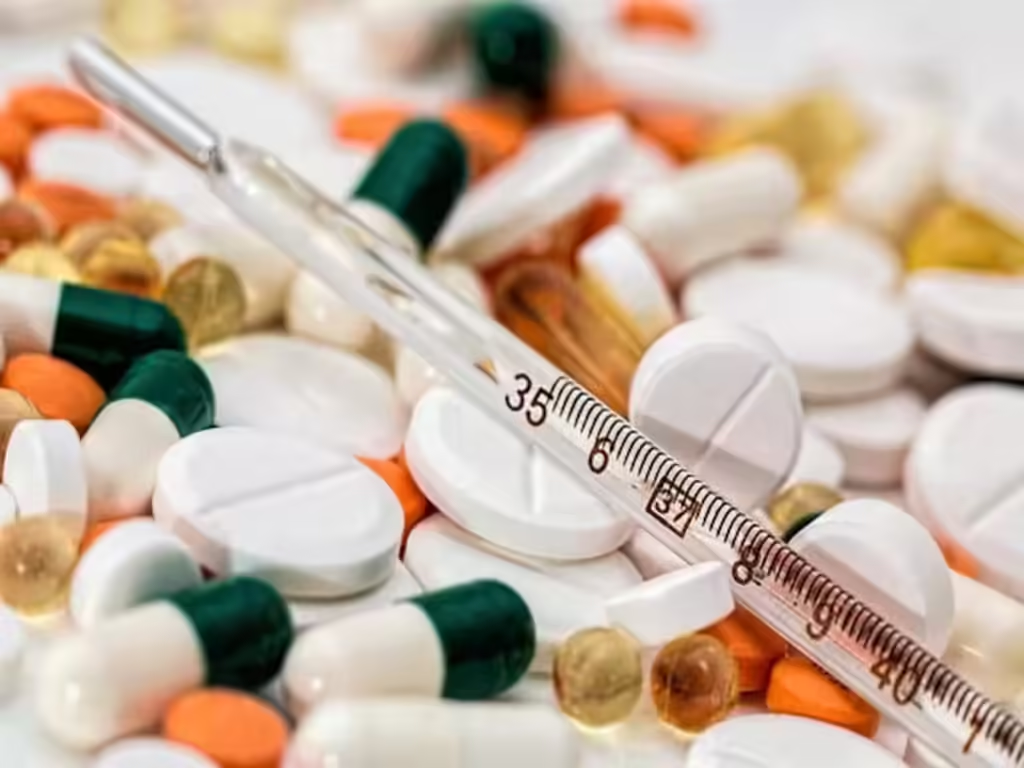
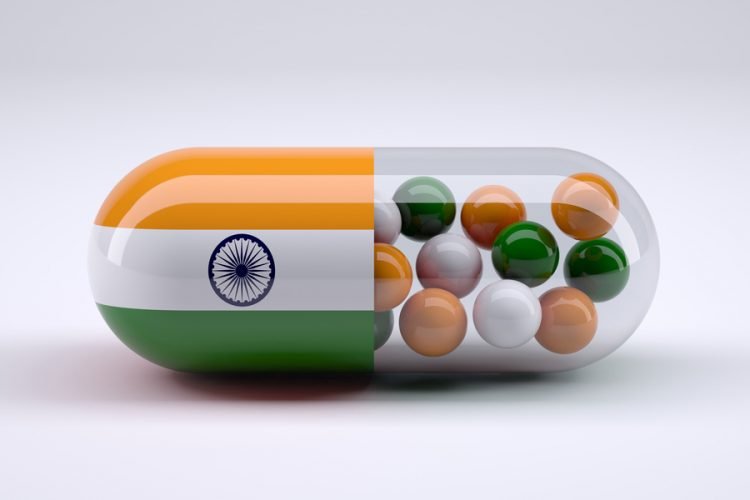
Adapting to New Realities
Indian pharma companies are not standing still. Many are pivoting towards specialty generics and innovation-driven strategies. For instance:
Sun Pharma has built a global specialty business, focusing on therapies like dermatology and oncology.
Lupin is investing in complex generics, biosimilars, and inhalation products that face less competition.
Granules India is expanding beyond oral solid dosage forms, moving up the value chain.
Additionally, companies are exploring new markets beyond the US to hedge risks. Emerging markets like Russia and parts of Europe are gaining traction as Indian firms diversify revenue streams.
Final Thoughts
Indian pharma’s role in the US generics market remains critical, but its continued success depends on its ability to adapt to regulatory demands, invest in innovation, and diversify its portfolio. The industry must strike a delicate balance between cost efficiency and uncompromising quality.
As the global healthcare landscape evolves, the question remains: Can Indian pharma sustain its competitive edge while maintaining the trust it has built over decades? How can the industry’s leaders ensure a legacy of innovation and compliance?
